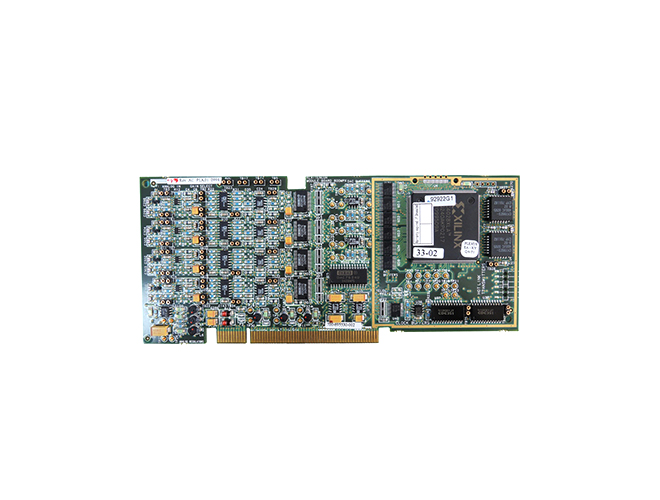-
CN
-
Service Hotline
+8618129931046 Mr. Liao


Time:2025-04-16 Views:1
The difference between silver deposition and tin spraying on PCB boards
When it comes to PCB surface finishing, both immersion silver and hot - air solder leveling (HASL, also known as spray soldering) are popular choices, but they have distinct characteristics and applications.
Process Differences

In the immersion silver process, a layer of silver is deposited on the copper surface of the PCB through a chemical reaction. The PCB is immersed in a solution containing silver ions and a reducing agent. The copper on the PCB surface reacts with the silver ions in the solution, and silver is deposited on the copper in a process similar to the displacement reaction. The thickness of the silver layer is typically in the range of 0.1 - 0.5 microns.
Hot - Air Solder Leveling (Spray Soldering) Process
For spray soldering, the PCB is first pre - heated and then immersed in a bath of molten solder, usually a tin - lead alloy (although lead - free solders are also commonly used nowadays). After immersion, hot compressed air is used to blow off the excess solder, leaving a uniform layer of solder on the PCB surface. The solder layer thickness can vary, but it is generally thicker than the silver layer in the immersion silver process, typically ranging from 3 - 10 microns.
Performance Differences
Solderability
Immersion Silver: Immersion silver provides good solderability. The silver surface is relatively easy to wet with solder, and it can form strong solder joints. However, compared to spray soldering, the solderability may be slightly affected if the silver surface is not properly protected during storage, as silver can tarnish over time, although the tarnish layer is usually still solderable.
Spray Soldering: Spray soldering offers excellent solderability. The thick solder layer ensures that components can be easily soldered onto the PCB, and it can tolerate a certain degree of oxidation on the surface without significantly affecting the soldering process.
Corrosion Resistance
Immersion Silver: Silver has good corrosion resistance, but it is not as resistant as gold. In some environments, especially those with high humidity or certain chemical contaminants, silver may gradually corrode or tarnish. However, the corrosion rate is relatively slow compared to copper, and the tarnish layer can be removed during soldering.
Spray Soldering: The solder layer in spray soldering, especially when using lead - free solders with appropriate alloy compositions, also provides good corrosion resistance. The solder acts as a barrier between the copper substrate and the environment, protecting the copper from oxidation and corrosion.
Electrical Conductivity
Immersion Silver: Silver has high electrical conductivity, which is beneficial for high - speed and high - frequency applications. It can help to minimize signal attenuation and crosstalk.
Spray Soldering: Solder, especially tin - based solders, also has good electrical conductivity, but it is slightly lower than that of silver. However, for most general - purpose PCB applications, the difference in electrical conductivity between immersion silver and spray soldering is not a critical factor.
Application Differences
Immersion Silver
Immersion silver is often used in applications where a relatively thin and smooth surface finish is required, such as in high - density interconnect (HDI) PCBs. It is also suitable for applications where the appearance of the PCB surface is important, as the silver layer has a shiny and attractive appearance. Additionally, immersion silver is a good choice for applications where the PCB needs to be stored for an extended period before assembly, as the silver surface can be protected with appropriate packaging materials to prevent excessive tarnishing.
Spray Soldering
Spray soldering is widely used in traditional PCB manufacturing, especially for applications that require a thicker and more robust solder layer. It is commonly used in power - related PCBs, where the thicker solder layer can handle higher currents and provide better mechanical strength for component connections. Spray soldering is also a cost - effective option for high - volume production due to its relatively simple process and the wide availability of solder materials.